Ube-Purple Yam Hawaiian Mochi Cake
As an Amazon Associate and member of other affiliate programs, I earn from qualifying purchases.
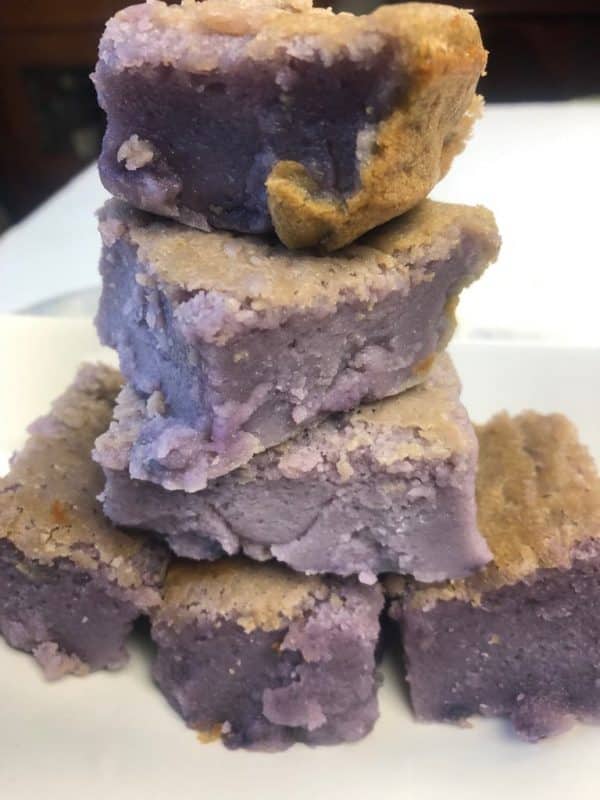
If you’re thinking of baking something sweet for Valentine’s day this Ube Hawaiian Mochi Butter Cake is an ideal homemade treat. We often enjoy the scrumptious buttery flavors of the Hawaiian mochi butter cake I’ve been baking since my cousin Gina gave me her recipe. I wanted the Filipino favorite sweet ube-purple yam-flavor added to the cake. I searched through cookbooks for the right process. I couldn’t find one so I adapted the basic mochi cake recipe I had and added ube haleya to the mix.
Mochi cake is basically made of sweet rice flour. Its origins can be traced back to Japan when it is popular for the New Year. The original Japanese version used polished glutinous rice which was soaked, steamed, pounded and made into a cake. A slice was said to be convenient for Japanese samurai because it was compact and could be packed easily for meals. In Hawaii, more modern versions are highly popular using sweet rice flour.
When I baked this Ube Mochi Cake in my American kitchen, my son was home for a visit, so he helped make this. The cake was simple and easy to put together. Some of the key ingredients were the Mochiko rice flour and the ube haleya (purple yam jam), which is a classic Philippine dessert all its own. It is important that the sweet rice flour is newly-purchased and the box has not yet been opened. Do not use an old item in your pantry. The results are better for this cake when all the ingredients are fresh and new.
Once the cake was out of the oven, the lush, buttery aroma flew all around us and followed us from the kitchen to the dining room. I waited for the cake to cool before slicing the thick, dense squares for the family to enjoy. The ube mochi cake was rich, luscious and packed with sweet ube flavors that are nearly almond-like in taste. If you love sweet endings to Valentine’s or any meal for that matter, then this is the dessert you want to make for your sweetie.
Ube-Purple Yam Hawaiian Mochi Cake
Equipment
- Baking pan: 9 inches x 13 inches
Ingredients
- 1/2 cup melted unsalted butter
- 2 cups granulated sugar
- 5 whole eggs
- 1 teaspoon pure vanilla extract
- 1 Tablespoon McCormick's Ube Flavoring
- 1 cup ube haleya (purple yam jam) homemade or store-bought
- 1 1/2 teaspoons baking powder
- 1 can (12 oz.) coconut cream
- 1 can (14 oz) coconut milk
- 1 box (16 oz) Mochiko Sweet Rice Flour
Instructions
- Preheat oven to 350 F. Grease with cooking spray a metal or glass baking pan measuring about 9 x 13 inches. Set aside.
- In a large mixing bowl, combine the butter and sugar. Using an electric mixer, blend well.
- Add the eggs one at a time. Continue mixing. Then add the vanilla and ube extracts and incorporate well into the batter.
- Add the ube haleya (purple yam jam) to the mixture.
- Pour the coconut cream and coconut milk into the mixture. Beat for 5 to 6 minutes till blended.
- Add the rice flour and baking powder. Mix ingredients well till batter is smooth and free of lumps.
- Pour into the pre-greased baking pan. Bake at 350 F for 60 to 65 minutes. Test if cake is done by piercing the tip of a small knife at the center. If knife comes clean, the cake is done. Slice into 2-inch pieces. Serve warm or chilled.
- Cook's comments: For a traditional recipe of the Ube Haleya from a previous blog post, click here. If you prefer a modern version of a No-Stir Ube Haleya, I offer the recipes in my two cookbooks How to Cook Philippine Desserts, Cakes and Snacks and Instant Filipino Recipes. My cookbooks are sold on Amazon.com
- Store the cake, covered, in the refrigerator at all times. To serve warm, reheat slices in the microwave.
- *Hello, Friends! Please DO NOT LIFT OR PLAGIARIZE my original recipe. All the images and content on this blog are COPYRIGHT PROTECTED and owned by my media company Besa-Quirino LLC. This means BY LAW you are NOT allowed to copy, scrape, lift, frame, plagiarize or use my photos and recipe content I wrote, on your website,books, films, television shows or videos without my permission. If you want to republish this recipe or content on another website, video, news article,or media outlets mentioned above please ASK my permission, re-write it in your own words and simply link back to this blog to give proper attribution. It’s the legal thing to do. Thank you. Email me at [email protected]
- Disclosure: As a participant in the Amazon Affiliate program, some blog posts contain links to products used in the recipe and sold on Amazon. The price stays the same for the readers who wish to purchase these products on my links. I earn a small commission from Amazon which helps maintain the blog expenses. Thanks in advance for your support.
Nutrition
Notes on Nutrition: The nutrition information provided is an estimate and will vary based on cooking methods and specific brands of ingredients used.
Did you like this recipe?I have more Filipino Instant Pot recipes in my newest cookbook Instant Filipino Recipes: My Mother’s Traditional Philippine Cooking in A Multicooker Pot by Elizabeth Ann Besa-Quirino. I also have more classic recipes inspired by my mother’s cooking in my popular cookbook: My Mother’s Philippine Recipes. If you’re learning how to cook Filipino food or a fan of Philippine cuisine, buy my cookbooks and books on Amazon.com sold worldwide in paperback and Kindle format.
Copyright Notice: Hello, Friends! Please DO NOT LIFT OR PLAGIARIZE my original recipe, stories, photos or videos. All the images and content on this blog are COPYRIGHT PROTECTED and owned by my media company Besa-Quirino LLC. This means BY LAW you are NOT allowed to copy, scrape, lift, frame, plagiarize or use my photos, essays, stories and recipe content on your websites, books, films, television shows, videos, without my permission. If you wish to republish this recipe or content on media outlets mentioned above, please ASK MY PERMISSION, or re-write it in your own words and link back to my blog AsianInAmericaMag.com to give proper attribution. It is the legal thing to do. Thank you. Email me at [email protected]

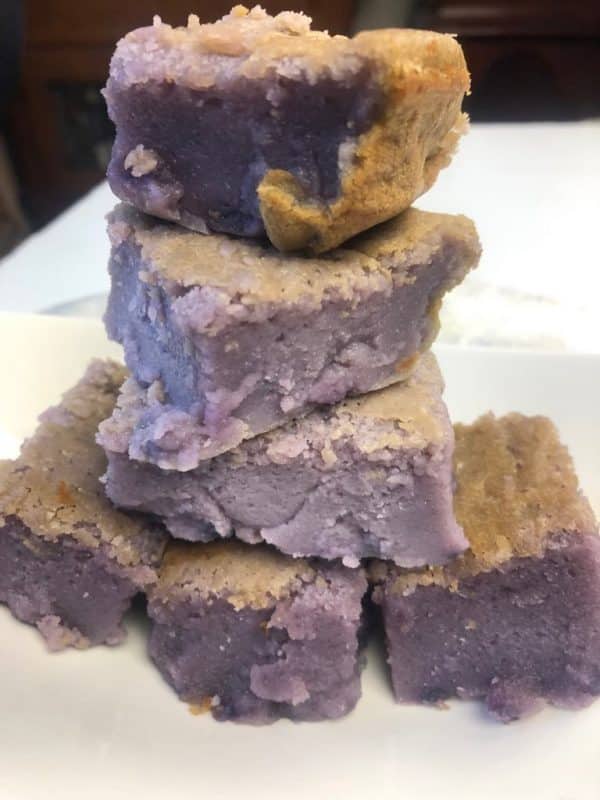
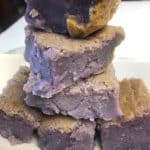
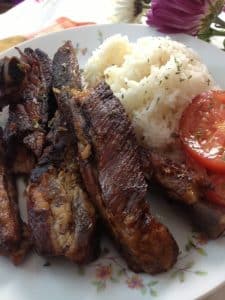

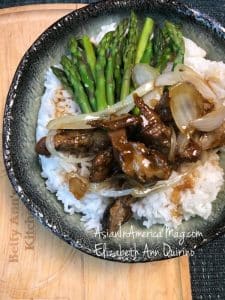
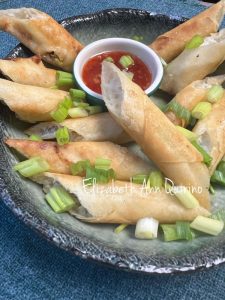
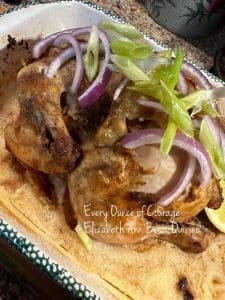
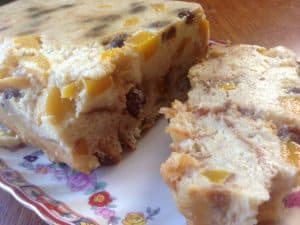
How much flour do you need for this? It’s not mentioned on your list of ingredients.
I apologize for the typo error. Recent updates on my blog erased the flour in the ingredients list by mistake. I updated the list — you need one whole box (16 oz) of the Mochiko Rice Flour. Hope that helps.
I couldn?t find Mochiko at my Asian market and just bought a rice flour.
I?m a bit worried now I was supposed to get a sweet rice flour?
Hi, Nicole. I usually use Mochiko Sweet Rice Flour for Hawaiian Mochi Cake. I haven’t used other rice flours yet for this cake. But since you already have it, why not give it a try? Here’s a link from my friends at The Kitchn that might help you – it tells the difference between the different rice flours. https://www.thekitchn.com/whats-the-difference-rice-flou-137190
Let me know how your cake turns out. I’m sure it will be delicious.
If you live in San Francisco a store on Clement sales the Mochiko sweet rice flour at Richmond New May Wah Supermarket 707 Clement street, Dan Francisco. It cost under two dollar. Good luck.
Thanks, Jeannie. I’ll look it up when in SF.
Can’t find Ube extract. Can I just use the Ube jam?
Hi Cora, you can omit the ube extract if you don’t have it. The recipe already uses a cup of ube jam.